Lots of animals produce eggs. These protect and provide for offspring as they develop.
There are over 500 species of shark living in waters around the world and the majority give birth to live young. The remainder are oviparous, meaning they lay eggs.
Around 40 to 50 different shark species live permanently in or regularly visit the waters surrounding Britain. Among them are egg layers such as the small-spotted catshark, Scyliorhinus canicula, and nursehound, Scyliorhinus stellaris.
Empty shark-egg cases occasionally wash up on coastlines around the world, including in Britain. You may have found some of these strange pouches when you’ve been to the beach. If you have, you’ll know that they look quite different to a chicken egg, for example.
What’s a mermaid’s purse?
Sharks and rays are fishes with skeletons made of cartilage. Their egg cases are sometimes referred to as mermaid’s purses, and occasionally as Devil’s purses.
The egg is a capsule that contains a developing animal and a yolk sac that the young gets its nutrition from. Each capsule usually houses one embryo, but in some species there are multiple embryos per egg case.
Some cases have long tendrils that help them to attach to seaweed or rocky seafloors. This makes it less likely that the egg will be washed away by ocean currents.
If an egg case washes up on a beach, you can likely work out what species it’s from based on its size and shape. Generally, shark eggs have curly tendrils at the ends or are covered in fibres, whereas ray eggs are usually squarer with horns protruding from the corners.
Spiral shark eggs
Bullhead sharks produce spiral- or corkscrew-shaped eggs.
Our fossil fish expert Emma Bernard explains the reasons for this unusual shape in the video below.
Do sharks give birth to live young?
There are more viviparous shark species – those that bear live young – than sharks that lay eggs. But throughout Earth’s oceans, viviparity occurs in a variety of forms.
Whale sharks, Rhincodon typus, are the largest species of shark. Although these animals produce eggs, they don’t lay them. Instead, the young hatch while still inside the female’s body and are born as miniature adults. This is known as ovoviviparity.
In 1996, a paper documented the case of a whale shark that was dubbed a ‘megamamma’. The animal, which was harpooned off the coast of Taiwan, was carrying around 300 embryos. Many of the baby sharks had already hatched from their egg cases and were ready to be released into the ocean.
In some species, the female will produce unfertilised eggs, which are eaten by embryos. This is known as oophagy, meaning ‘egg eating’, and occurs in species including the shortfin mako, Isurus oxyrinchus, and bigeye thresher sharks, Alopias superciliosus.
Embryos of other sharks survive by feeding on their smaller siblings. This is called intrauterine cannibalism or sometimes as embryophagy, meaning ‘embryo eating’. We see this in sand tiger sharks, Carcharias taurus, for example.
Placental viviparity occurs in some species of shark. In these species, once the yolk sac has been depleted, it attaches to the uterine wall, acting as a pseudoplacenta.
The young get their nutrition through this link. Hammerhead sharks, blue sharks and lemon sharks all produce offspring in this mammal-like way.

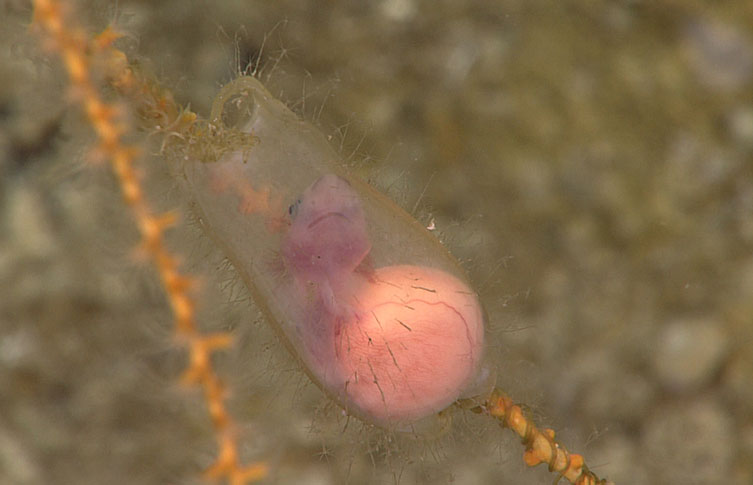
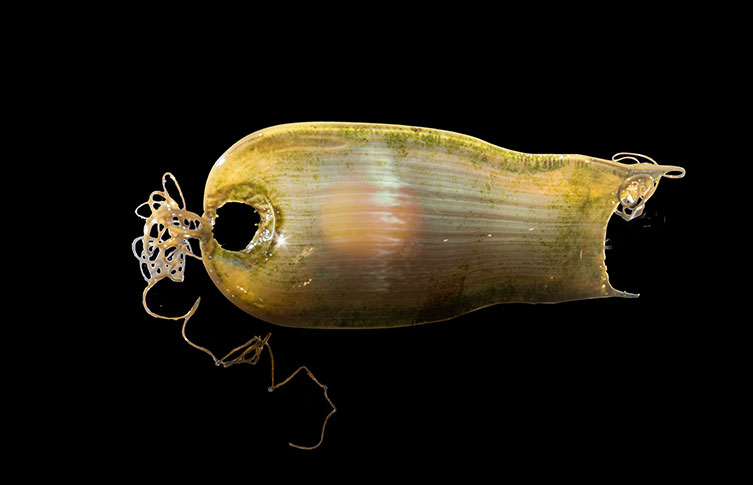
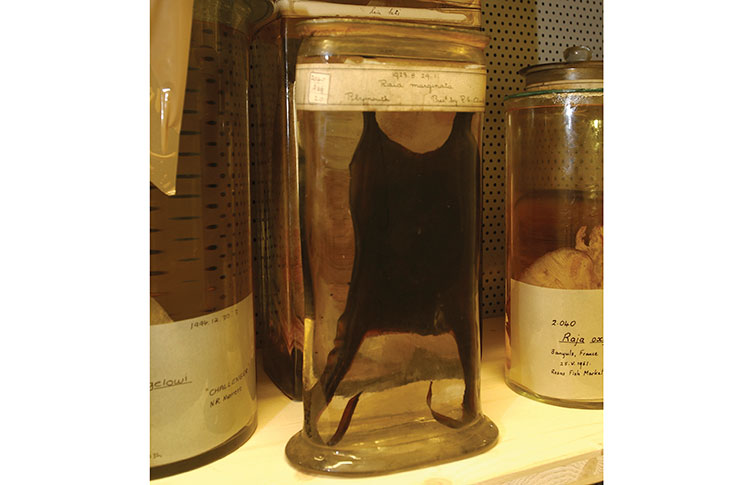
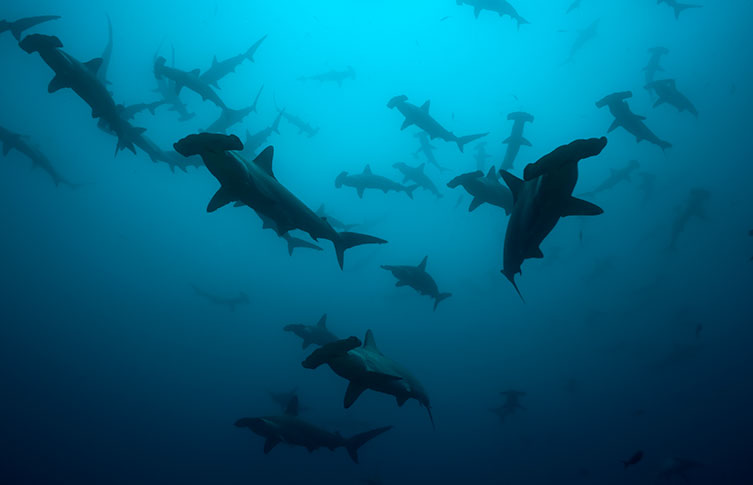
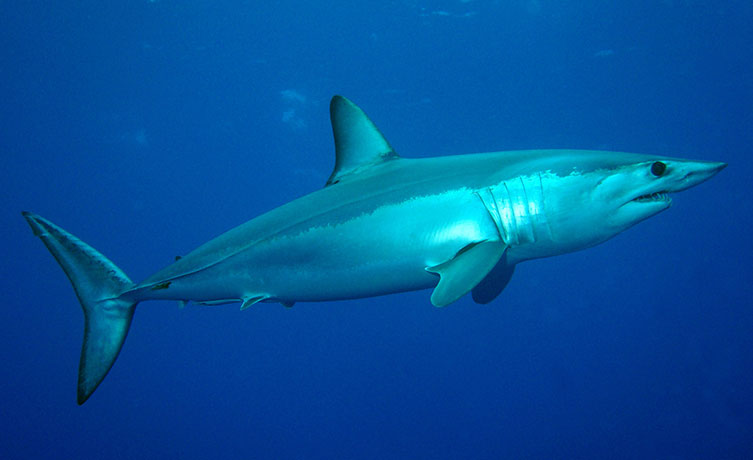
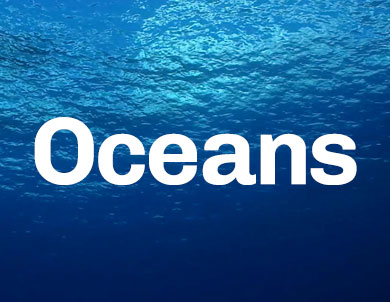

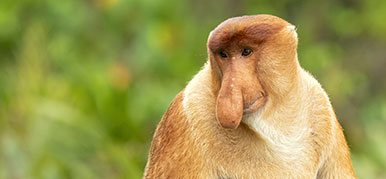
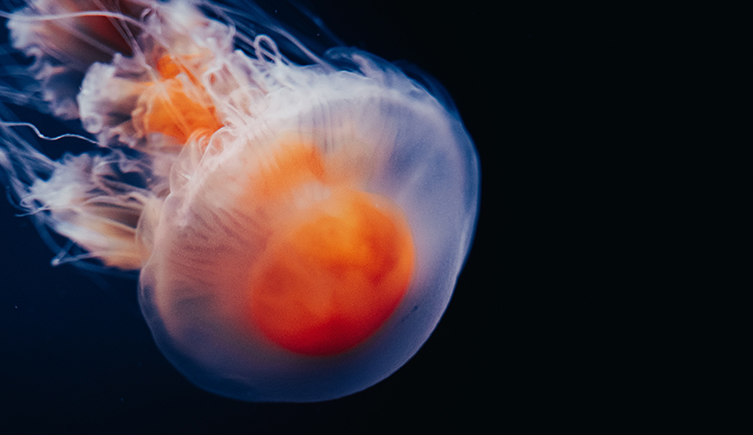
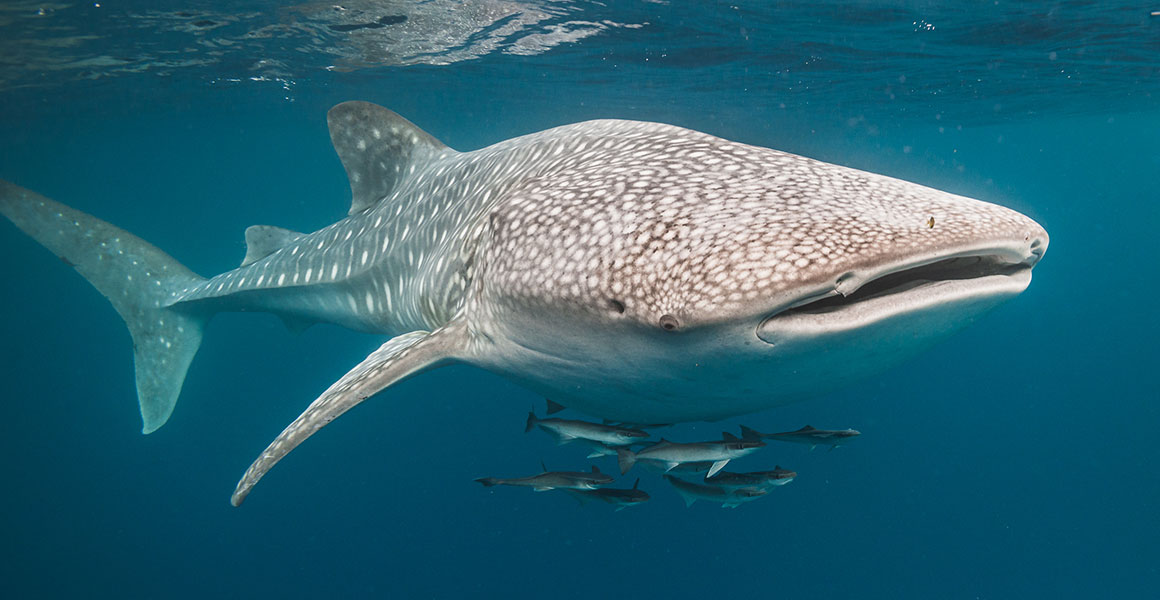

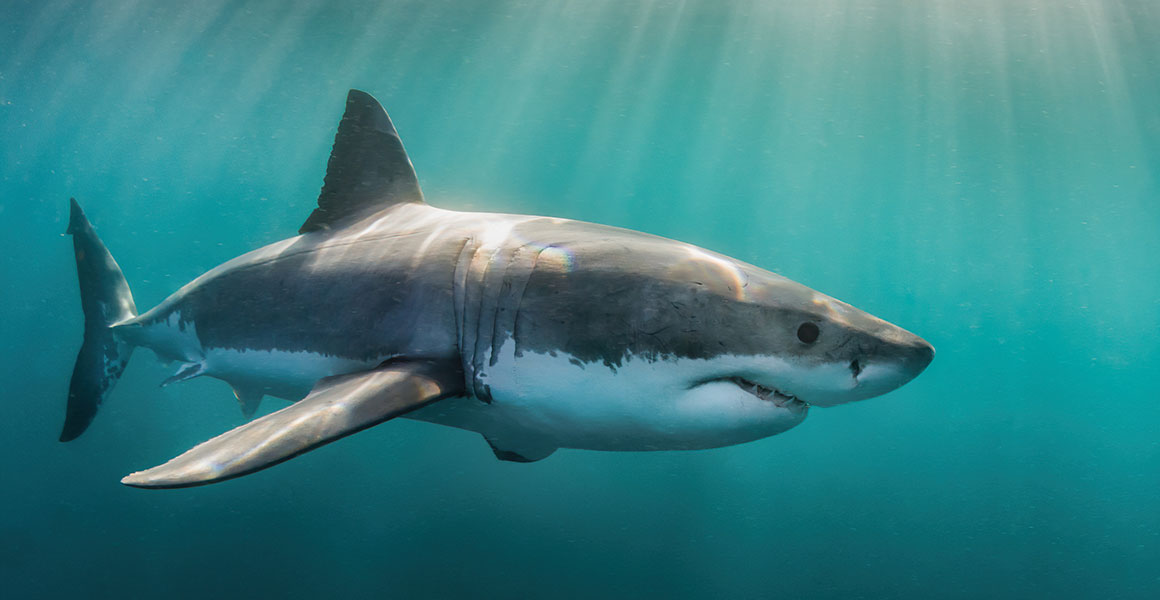
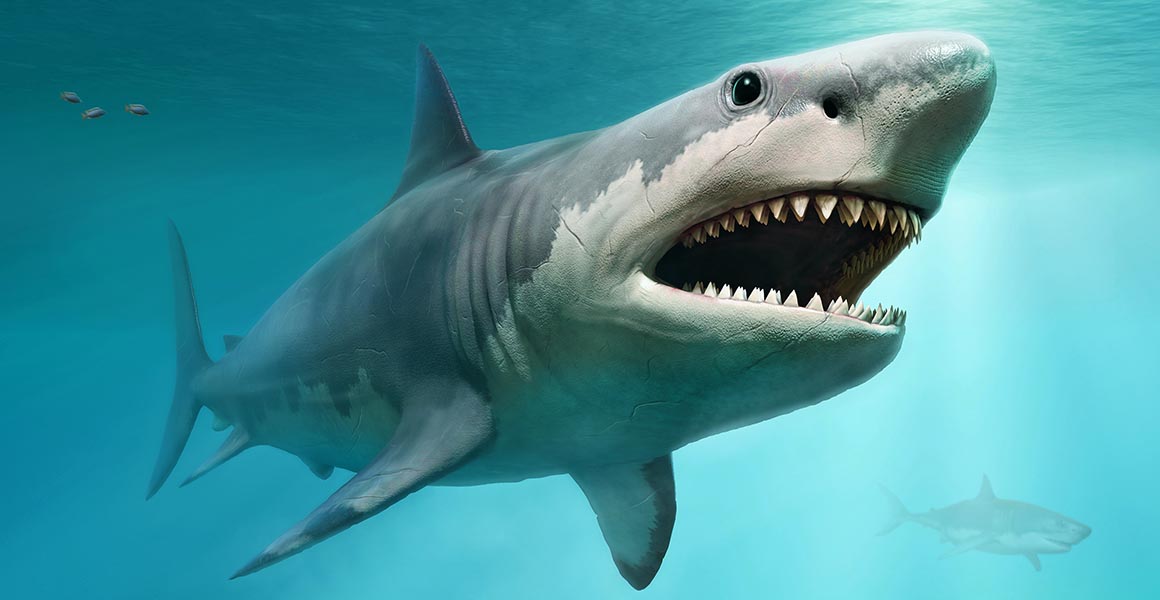
Don't miss a thing
Receive email updates about our news, science, exhibitions, events, products, services and fundraising activities. We may occasionally include third-party content from our corporate partners and other museums. We will not share your personal details with these third parties. You must be over the age of 13. Privacy notice.
Follow us on social media